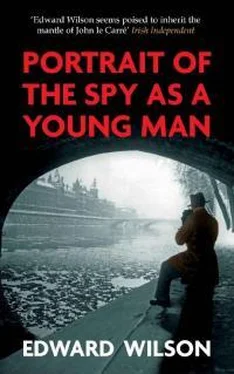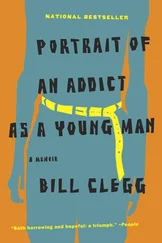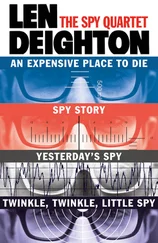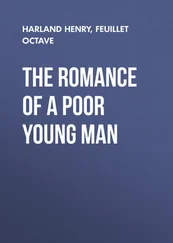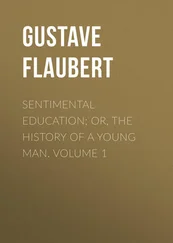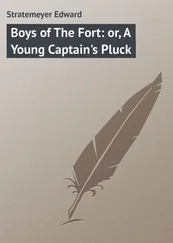The tenth of June was a busy day for Catesby. As he set off by bicycle to make contact with ‘the Bushell girl’, as they used to call the cheeky young Londoner in training, he had no idea what was about to unfold at Oradour-sur-Glane a few hours later. Violette Bushell was now Violette Szabo. Her Hungarian-born Foreign Legionnaire husband had died of wounds in North Africa and this was her second time working undercover in occupied France. She had been parachuted into a field near Sussac on 8 June, her toddler daughter’s second birthday, and been assigned as liaison officer to the Corrèze Maquis. Catesby was desperate to brief her about what had happened in Tulle and the situation in general. He was hoping to poach her for Guingouin’s own Maquis. She was a fearless agent – and fun to be with. But when Catesby got to the rendezvous point near Sussac, it was too late. Szabo had already headed off for Corrèze in a Traction Avant. Catesby was unhappy. Not just that he had missed her, but because she was travelling in a car. All use of cars had been banned since the invasion.
A radio operator who had been parachuted in with Szabo met Catesby on her behalf and explained what had happened. ‘She’s a determined woman. She had a sprained ankle even before she made the jump – and a rough landing made it worse. She can just about cycle and can hardly walk.’
‘That’s typical of her. She’ll never give up.’
It ended in tragedy. The driver spotted a German roadblock, which was part of the search for Kämpfe, and braked the car. They were seen by the Germans and it was impossible to turn the Traction around. Szabo and the two Maquisards bailed out of the car and fled on foot. Szabo could barely walk, much less run. The two men managed to escape, but Violette Szabo was taken prisoner.
News about what had happened arrived late that night while Catesby was sleeping in a farmhouse near Sussac. He helped the radio operator encode a report about Szabo’s capture. He stayed up the rest of the night discussing plans to rescue her with local Maquisards . One of the Maquis guessed that she was being held at the Gestapo HQ in Limoges. It was a formidable building in the rue Louvrier de Lajolais in the centre of the city. It would be a risky operation. Catesby knew the talk was largely bravado. He felt heartsick and angry. As dawn broke more bad news arrived. This wasn’t about one person facing torture and death, it was about hundreds being burned alive.
The Maquisard who brought the news about Oradour-sur-Glane warned Catesby and the others that Germans were still in the area. The same Maquisard who had proposed the rescue of Szabo suggested that a team go to Oradour to help the survivors. The one who had brought the news shook his head. ‘There are no survivors.’
An hour later the W/T operator received an urgent message from London. Following D-Day, radio traffic had increased enormously – and so had the chances of detection. Messages were now sent and received two or three times a day, as opposed to once or twice a week. The incoming message from London was bleak. Baker Street had already heard rumours of a German atrocity at Oradour-sur-Glane. They wanted verification that such a massacre had occurred and details. Catesby knew that SO1, SOE’s propaganda section, wanted information about war crimes that they could use as propaganda against the Nazis. Catesby looked at the decoded message and felt the spirit of Violette Szabo stiffen his spine.They needed to use every means possible to defeat the monster. It would be a dangerous trip, but he would go.
It was a long cycle ride through the dark forests of Limousin warmed and scented by the summer sun. Catesby had shed his uniform for the shabby clothes of a schoolteacher on sick leave with suspected TB, but he wasn’t sure that his fake identity papers and cover story would fool anyone. If he saw a checkpoint, he would ditch the bike and flee into the woods. Later, he wished there had been a checkpoint and he had fled.
All the buildings were smouldering ruins. Grey smoke was rising from the destruction. He saw charred corpses lying in the middle of the road. There was the body of a woman which hadn’t been burnt. Catesby wondered if she could still be alive. He brushed her hair aside and saw a bullet wound in the back of her neck and another in the back of her head. The woman’s summer dress was patterned with pink flowers.
Catesby heard someone coughing. A man was coming out of the church. He staggered as if he was drunk, put his hands over his face and shook his head as he shambled off.
The images never went away. A church – a place of peace and reconciliation. How could they do that in a church? The remains of a pram stood before the altar. The canvas and bedding had been burnt away in the flames, but the charred infant rested on the pram’s blackened metal base. Its little hands had disappeared, but shards of white bone protruded through the baby’s wrists, pointing at Catesby.
The roof of the nave had collapsed in the fire. Most of the bodies among the debris were blackened beyond recognition. They must have been the first to die when the massacre began. Catesby could identify pelvic bones and fragments of skull – but there were other remains that were almost whole. There was a child’s foot in a shoe.
The corpses further from the nave were the least damaged by fire, but riddled with holes from gunfire and hand grenades. Behind the altar, Catesby found thirty bodies – all children except for three women who must have herded the children thinking it was a place of safety.
The fire had spread from the main entrance of the church where incendiaries had been ignited to prevent escape. There were two other doors that led outside, both piled with bodies. Many of the women and children had been shot in the back as they tried to escape.
A wooden confessional next to a side chapel was untouched by flames. There were two girls – one aged about eight, the other maybe five – probably sisters. The older girl’s body lay to one side of the younger girl whom she had been trying to protect. She had a single bullet hole in her forehead. She must have been tossed aside so that the soldier could finish off the younger girl with two bullets to the chest.
The older girl’s eyes were open and staring. Catesby fought back tears. The girl’s arms were stretched out in rigor mortis – as if somehow pleading. He picked up the stiff young body and held it. ‘I don’t know your name, but I will never forget you.’
Someone was calling for him in the church entrance. It was the man he had seen leaving the church. ‘What is it?’ said Catesby.
‘The Germans are coming back. We must now leave this place.’
Suffolk: 10 June 2017
Catesby wiped away his tears and looked at this granddaughter. ‘I just can’t forget.’
‘Does crying help?’
‘No, it makes me hate myself for being emotionally self-indulgent. What are my feelings compared to the lives of the six hundred and forty-two people, including two hundred and five children, who were slaughtered at Oradour-sur-Glane? My tears are the whines of a pathetic old man.’
‘You are too hard on yourself.’
‘I never tried to contact the family of the two girls I found in the confessional.’
‘How did you find out who they were?’
‘There are photographs of most of the victims. I’m sure I recognised the two sisters. All the immediate family were, of course, murdered.’
‘Why didn’t you?’
‘I didn’t want to go back there in any way – and I’ve never told the story to anyone but you. I still can’t deal with the memory. I want to bury it – and please don’t say that I should have requested help or counselling.’
‘I would never say that. It’s something that very few of your generation ever did.’
Читать дальше
